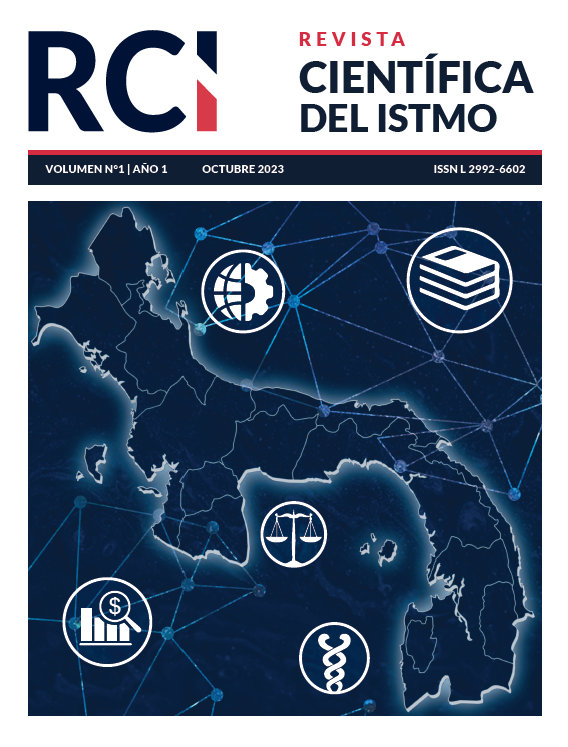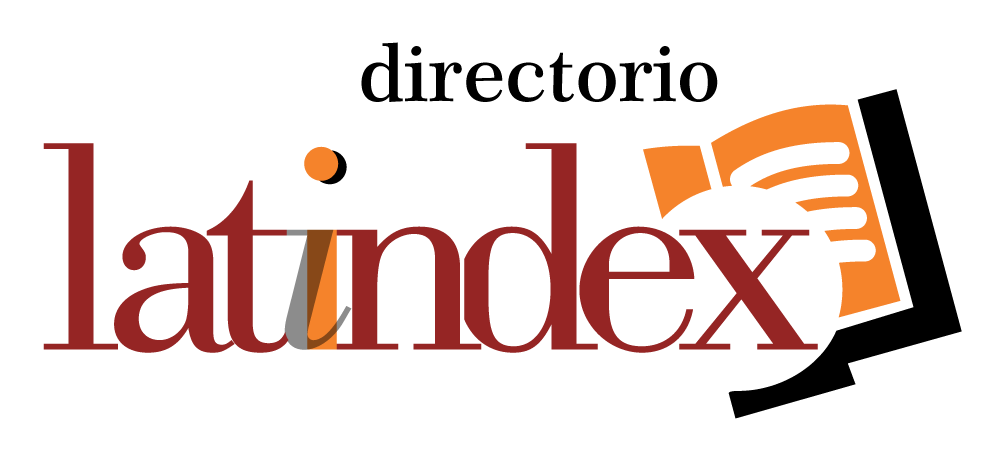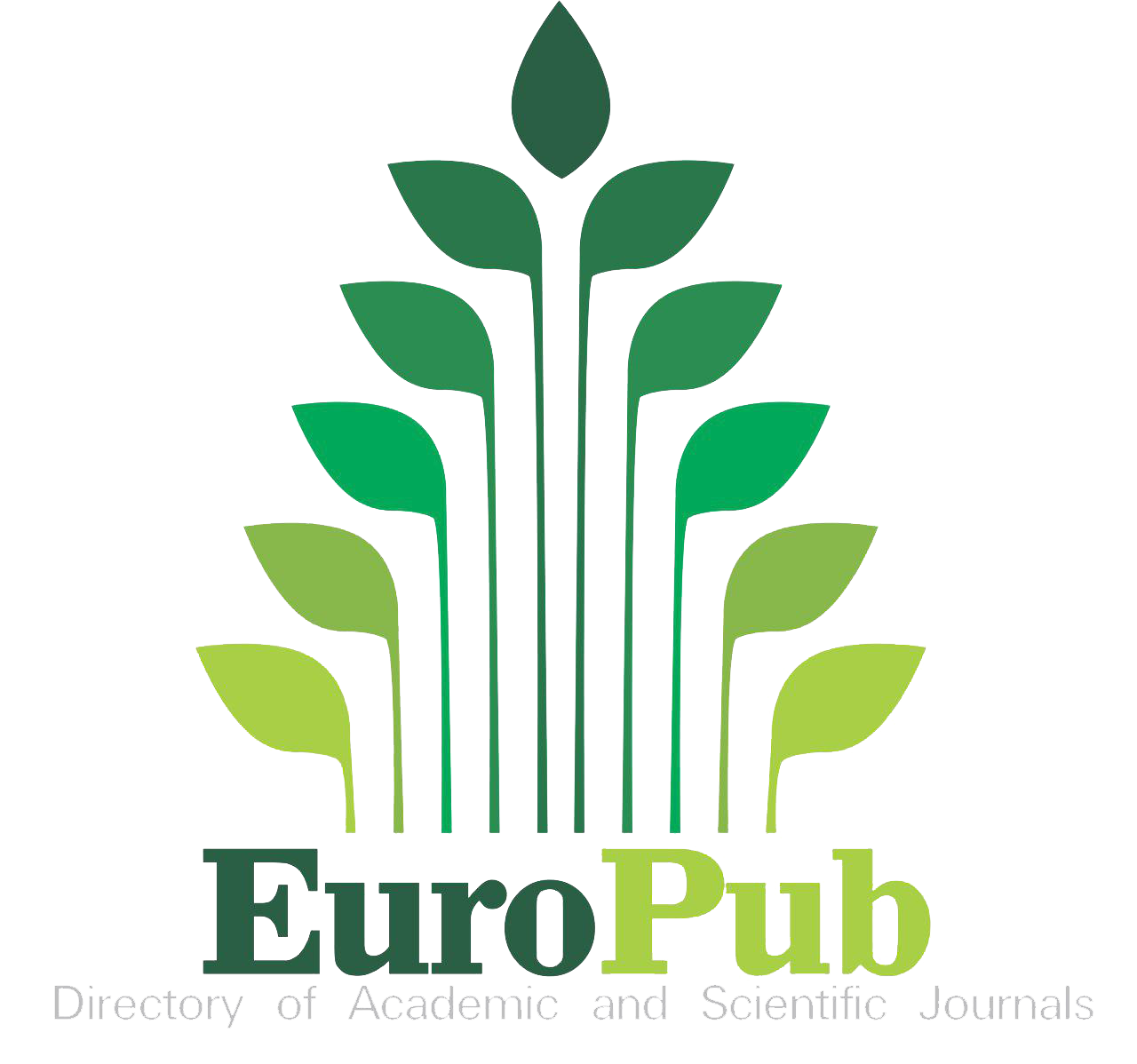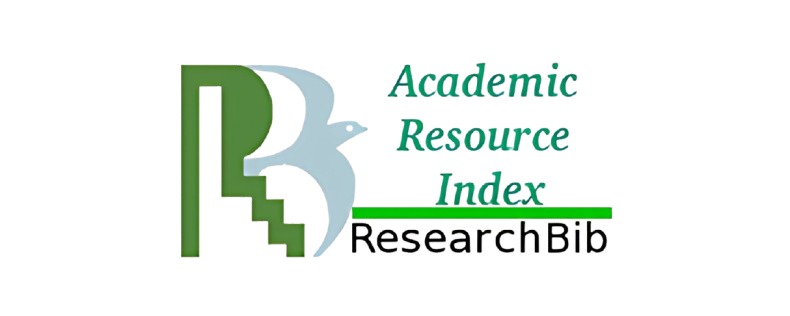Perception of the population of Panama city about down’s syndrome
Keywords:
Down syndrome, social inclusion, perception, disabilityAbstract
Down syndrome is a chromosomopathy that manifests itself because of a numerical abnormality in the chromosomes (pair 21), creating a condition in individuals that prevents them from developing normally in such a way that it is considered a disability. In Panama there are Policies and Laws that promote the social inclusion of people with disabilities, including people with this condition. Therefore, this study aimed to analyze the perception of the inhabitants of Panama City about Down syndrome, using a survey that was distributed digitally using the snowball technique. The sample consisted of 617 people and was divided by sex and age group. The results showed that there is a high degree of ignorance about the social inclusion of people with this syndrome, although they also indicate that there is a high level of openness for the development of plans for the social inclusion of people with Down syndrome, both in the educational sector and the labor sector, mainly in the younger age groups. In conclusion, there is a great lack of knowledge about this condition, so more research of this type must be carried out, which can feed the information related to the social aspects of the inclusion of people with disabilities, so that from the scientific information generated by These studies can establish dissemination and awareness plans in favor of a true social inclusion of people with disabilities, emphasizing people with Down syndrome.
Downloads
References
Banco Interamericano de Desarrollo. (2020). Mapa de Información Económica de la República de Panamá (MINERPA).
Contreras Castro, D. T., Luna Barrón, B., Taboada López, G., Rada Tarifa, A., & Lafuente Álvarez, E. (2017). Frequency of chromosomopathies at the institute of genetics-UMSA period 2011-2015. Cuadernos Hospital de Clínicas, 58(2), 14-19.
De Desarrollo, B. I., & Cultural, A. S. (2020). República de Panamá Ministerio de salud secretaría nacional de discapacidad.
Díaz-Cuéllar, S., Yokoyama-Rebollar, E., & Castillo-Ruiz, D. (2016). Genómica del síndrome de Down. Acta pediátrica de México, 37(5), 289-296.
Esparza-García, E., Cárdenas-Conejo, A., Huicochea-Montiel, J. C., & Aráujo-Solís, M. A. (2017). Chromosomes, chromosomal abnormalities and diagnostic issues. Revista Mexicana de Pediatría, 84(1), 30-39.
Esparza-Ocampo, K., Chaidez-Fernández, Y., Magaña-Ordorica, D., et al. (2022). Principales características fenotípicas crónico degenerativas asociadas al síndrome de Down: Una revisión narrativa. Revista Medicina UAS, 12(Esp), 3-22.
Garduño-Zarazúa, L. M., Giammatteo Alois, L., Kofman-Epstein, S., & Cervantes Peredo, A. B. (2013). Prevalencia de mosaicismo para la trisomía 21 y análisis de las variantes citogenéticas en pacientes con diagnóstico de síndrome de Down: Revisión de 24 años (1986-2010) del Servicio de Genética del Hospital General de México 'Dr. Eduardo Liceaga'. Boletín médico del Hospital Infantil de México, 70(1), 31-36.
Guerrero, M. H., Romero, J. P., Llanos, L. E., Joo, M. H., & Kuan, A. D. (2022). Higroma quístico retronucal como marcador de anomalías cromosómicas en el primer trimestre de la gestación-Actualización. AMC, 7, 8.
Jenkins, L., Mora, E., Moreno, J., Navarro, L., Sánchez, G., Sanjur, C., & Zapata, P. (2005). Factores de riesgo asociados a la presentación de Síndrome de Down. Enero 2002-diciembre 2004. Hospital del Niño. Panamá. Revista Médico Científica, 18(2).
Jorde, L. B., Carey, J. C., & Bamshad, M. J. (2020). Genética médica. Elsevier.
Mendoza, P. A. C. Políticas Sociales en materia de discapacidad en Panamá.
Mora-Alferez, A. P., Paredes, D., Rodríguez, O., Quispe, E., Chavesta, F., de Zighelboim, E. K., & De Michelena, M. (2016). Anomalías cromosómicas en abortos espontáneos. Revista Peruana de Ginecología y Obstetricia, 62(2), 141-151.
Nussbaum, R., McInnes, R., & Willard, H. (2008). Thompson & Thompson. Genetics in Medicine (7ma ed.). Elsevier.
Pérez Chávez, D. A. (2014). Síndrome de down. Revista de Actualización Clínica Investiga, 45, 2357.
Ramírez Portilla, C. C., Sarmiento Rubio, M. D., Quezada Pardo, M. C., & Orellana Córdova, J. T. (2020). Síndrome de Down por Mosaico, reporte de caso Ecuador. Revista Científica Ciencia Médica, 23(2), 267-270.
Revilla, C. P. E., del Callejo, A., Sejas, M. I. G., Pacheco, S., Mendoza, M., & Olivares, A. (2022). Cromosomopatías y alteraciones congénitas en Cochabamba: un análisis epidemiológico a través del cariotipo. Gaceta Médica Boliviana, 45(2), 104-110.
Saldaña Barrios, J., Cano, E., & Rovetto, C. (2017). Precisión de los métodos estadísticos para la detección del síndrome de Down en mujeres panameñas. Memorias De Congresos UTP, 120-126.
Sotillo-Lindo, J. F., & Barrantes, I. (2020). Prevalencia y perfil de cardiopatías congénitas en pacientes con Síndrome de Down. Hospital de Especialidades Pediátricas Omar Torrijos Herrera. 2011-2018. Pediátr. Panamá, 37-40.
Downloads
Published
How to Cite
Issue
Section
License
Copyright (c) 2025 REVISTA CIENTÍFICA DEL ISTMO

This work is licensed under a Creative Commons Attribution-NonCommercial-ShareAlike 4.0 International License.















